Tobe
Editor's Column "Craft Production Regions" VOL.4 AD
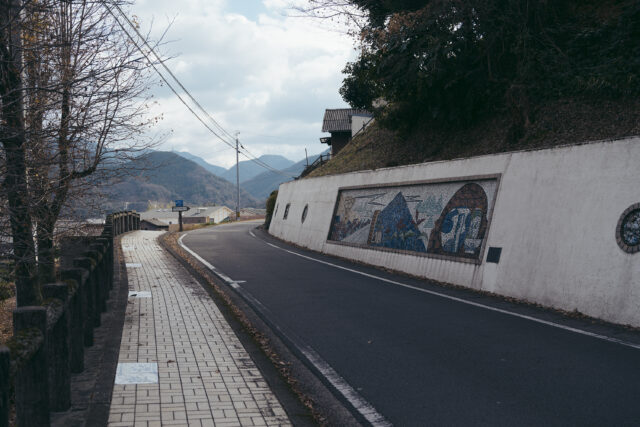

VOL.1-4
Update
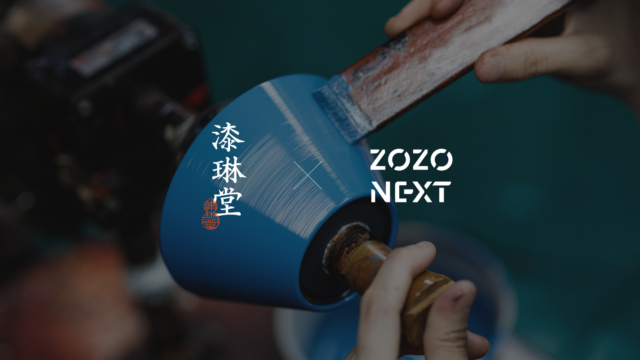
VOL.1-19
Update
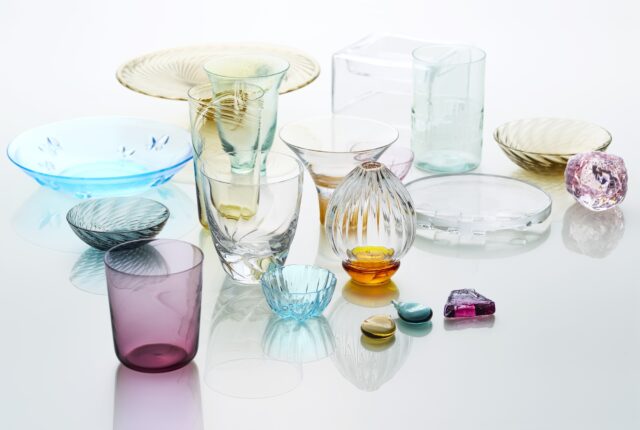
VOL.1-17
Update
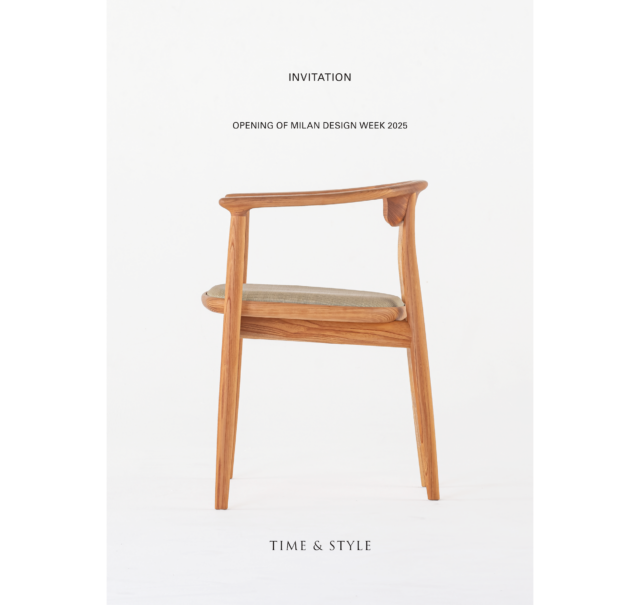
VOL.1-43
Update
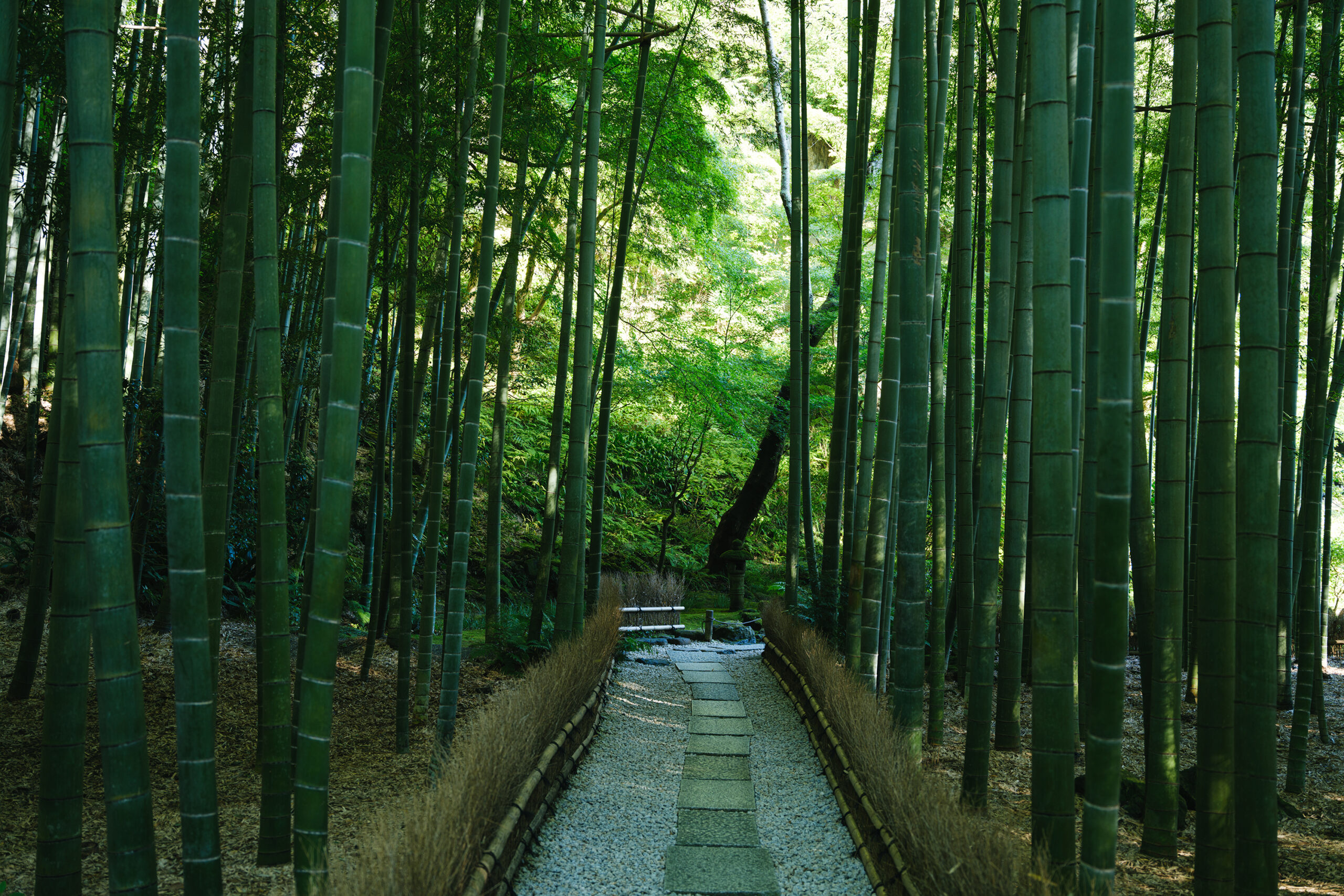
VOL.1-2
Update
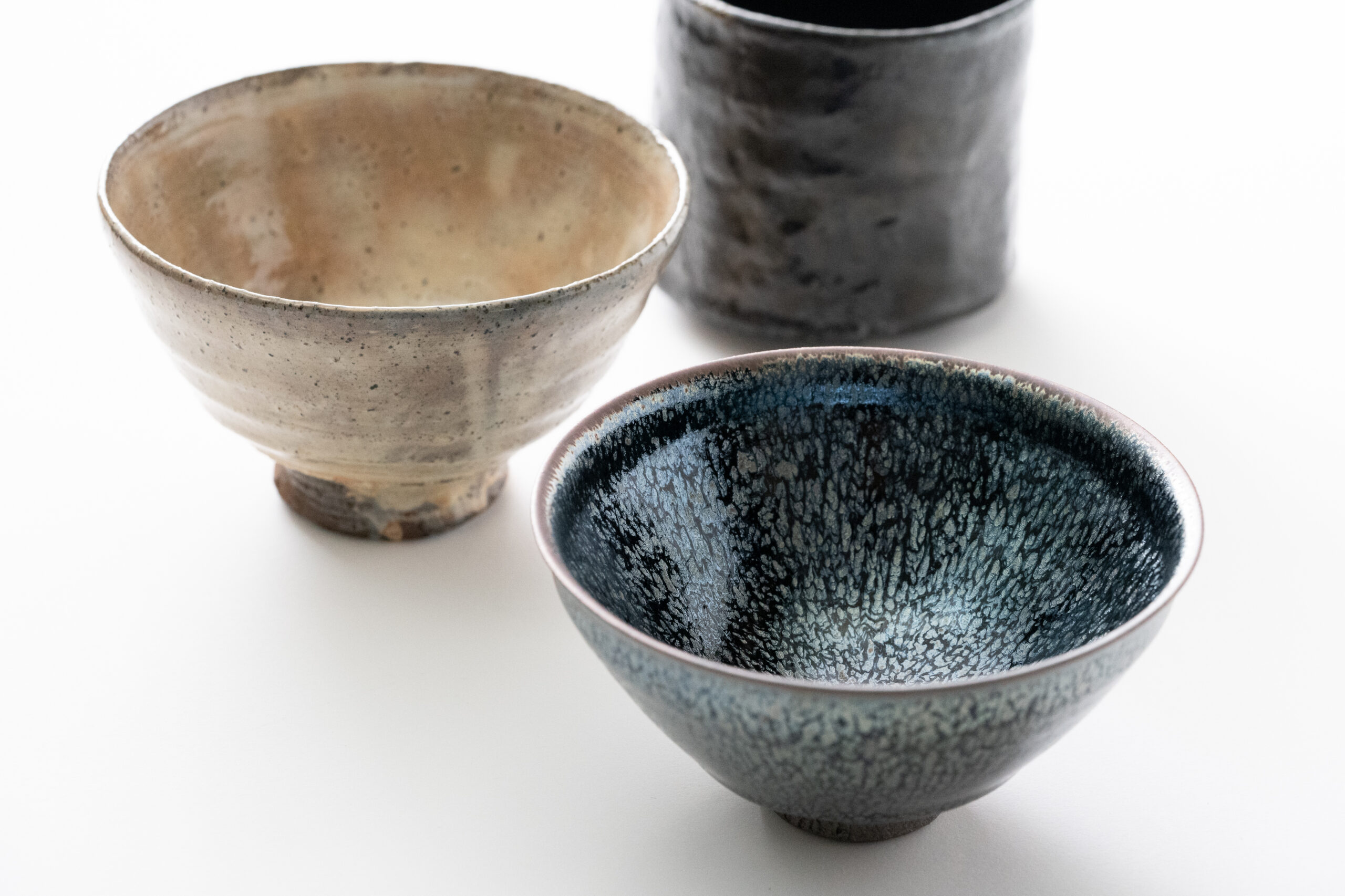
VOL.1-3
Update

VOL.1
Update

VOL.1-7
Update
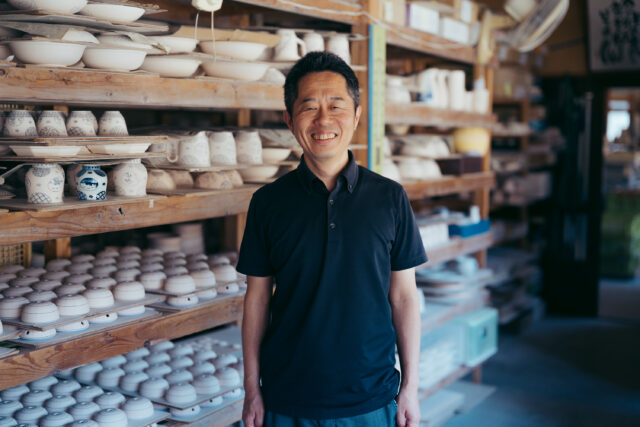
VOL.1-32
Update
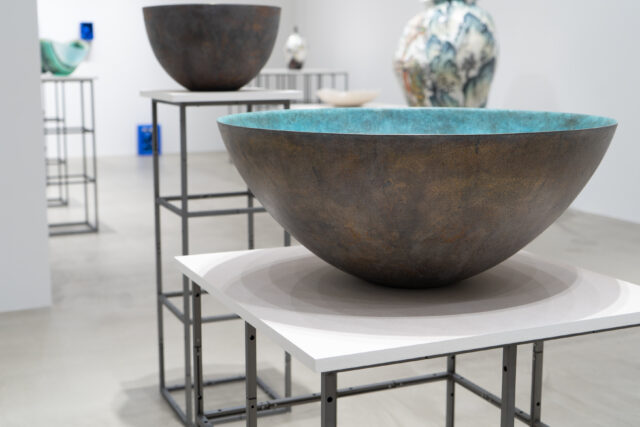
VOL.1-26
Update
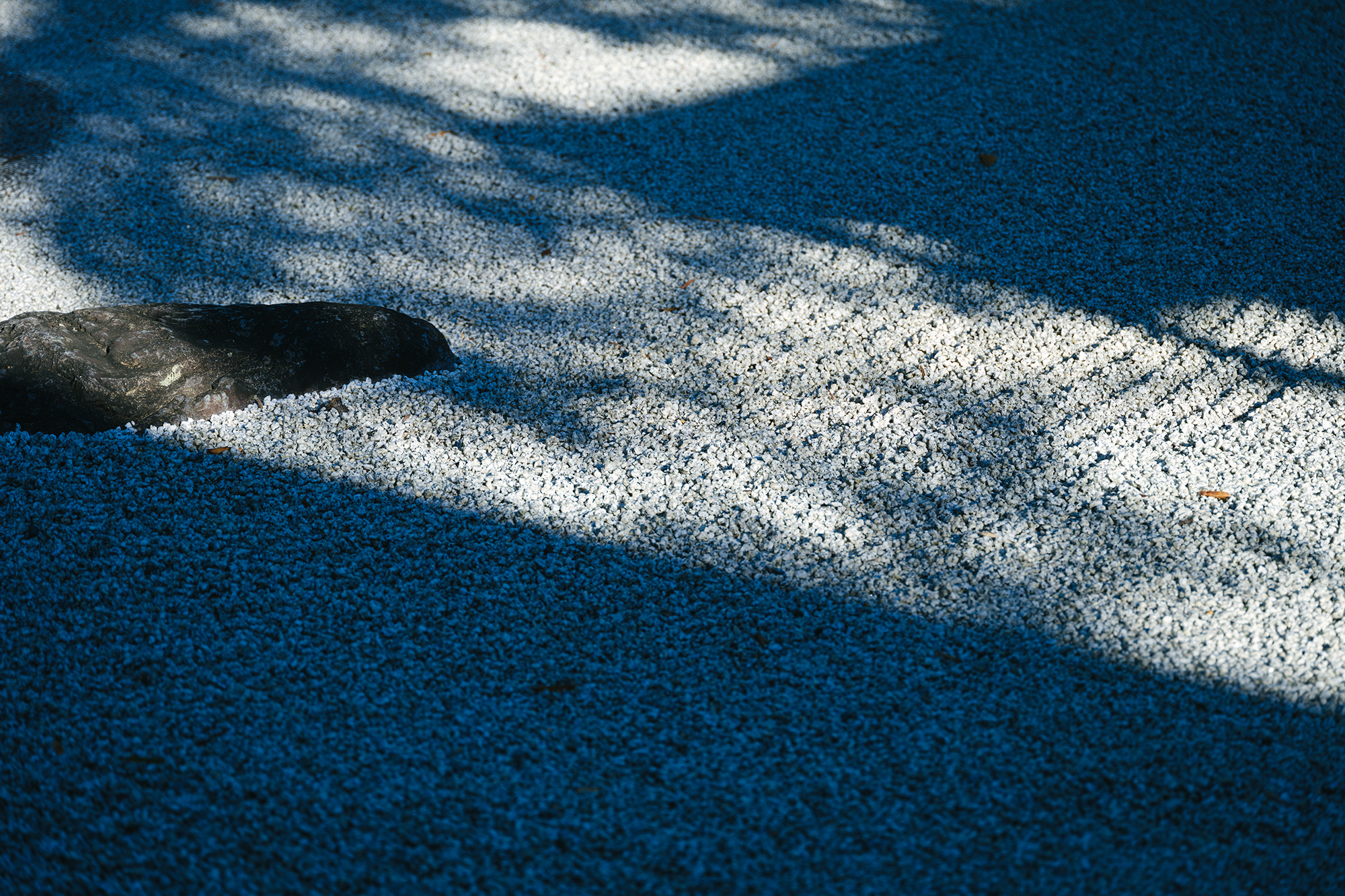
VOL.1-12
Update
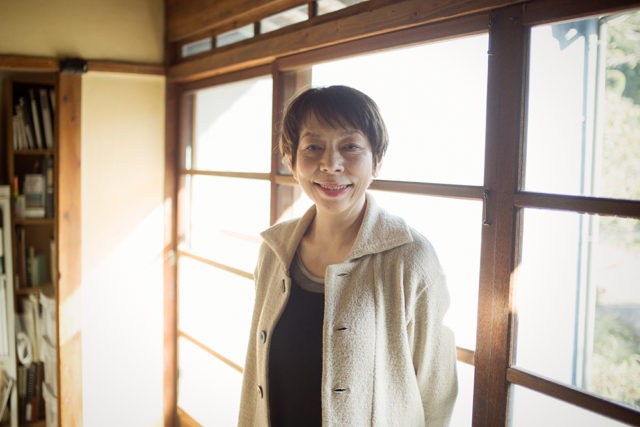
VOL.1
Update
We share a variety of information and perspectives on Japanese crafts, including exhibition information and interviews.
Editor's Column "Craft Production Regions" VOL.4 AD
KOGEI Topics VOL.19
New Products VOL.17
Featured Exhibitions & Events VOL.43
Apr 5 – Jun 22, 2025
SEIKADO BUNKO ART MUSEUM
Apr 19 – Nov 24, 2025
The Museum of Oriental Ceramics, Osaka
Kanagawa
Apr 19 – Apr 27, 2025
ink gallery
Tokyo
Apr 22 – Apr 27, 2025
KAKIDEN GALLERY

Shigaraki ware fired during the Middle Ages, known as “Ko-Shigaraki” (“Old Shigaraki”), still retains the unique presence of the time. The aesthetic of the potters of that era embodied in these pieces remains as vibrant and enduring as ever. How can we express this “consciousness of ceramics,” as it might be called, in today’s spaces? Shigaraki ceramic artist Q Tani faces this question every day, attempting to create ceramics with the same perspective as the potters of the Middle Ages.
This piece, Shigaraki Tea Bowl, is a bowl that draws attention with its round shape and the contrast of light and dark colors. It is fired in an ana-gama (cave kiln) and placed in a box called a saya, which is designed to control the way the colors emerge. The surface of the bowl reveals feldspar typical of Shigaraki ware, conveying its texture in a simple, unadorned manner, and its thin, large, round shape fits well in the hand. The kodai or foot is pressed with a finger after separating the bowl from the turning wheel, adding an interesting nuance. Primitive yet modern, rough yet refined, the piece evokes a mysterious feeling, as if it contains contradictory elements simultaneously. It is a fine work that makes you believe there is a unique atmosphere that only this piece can emit.